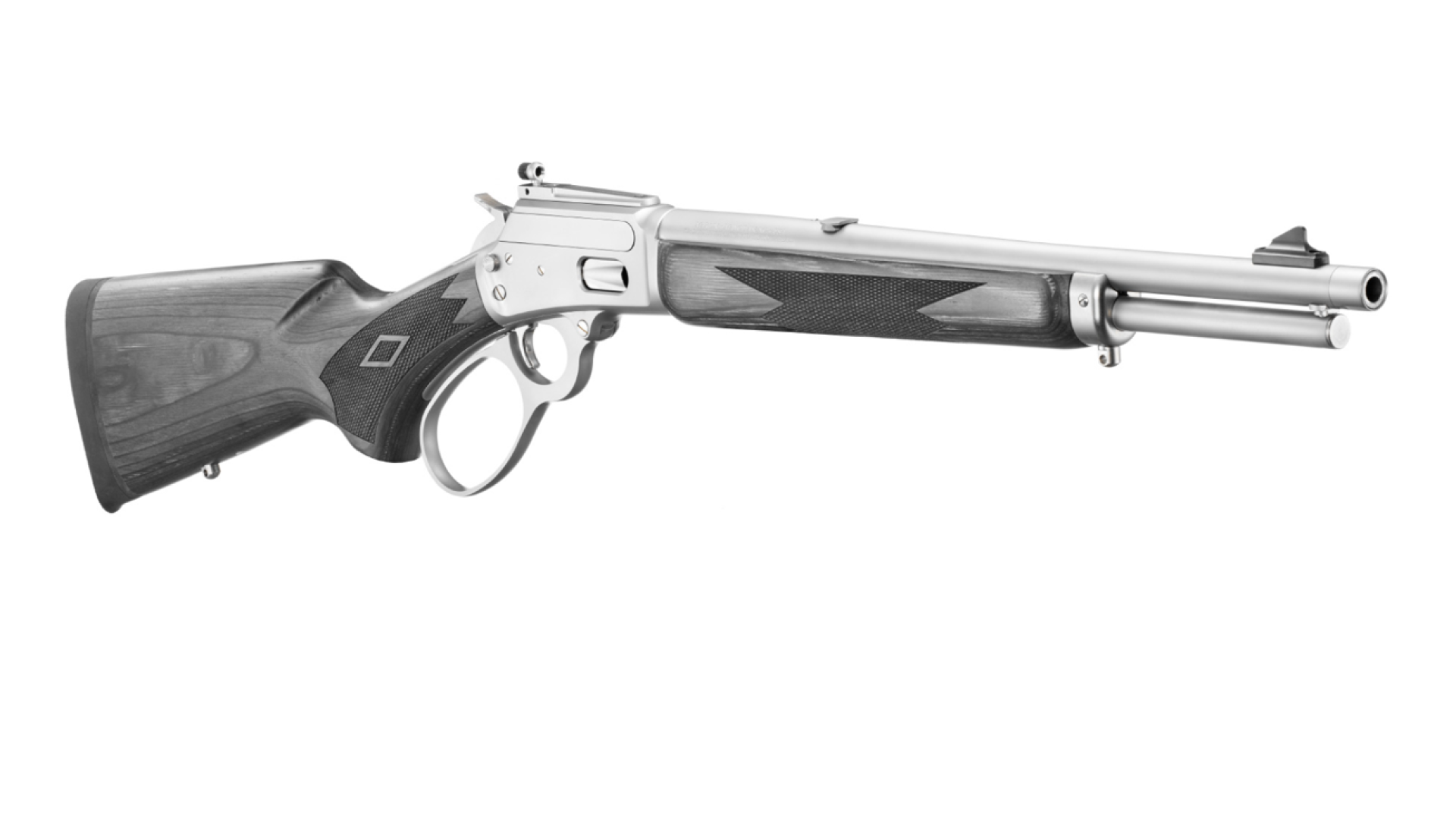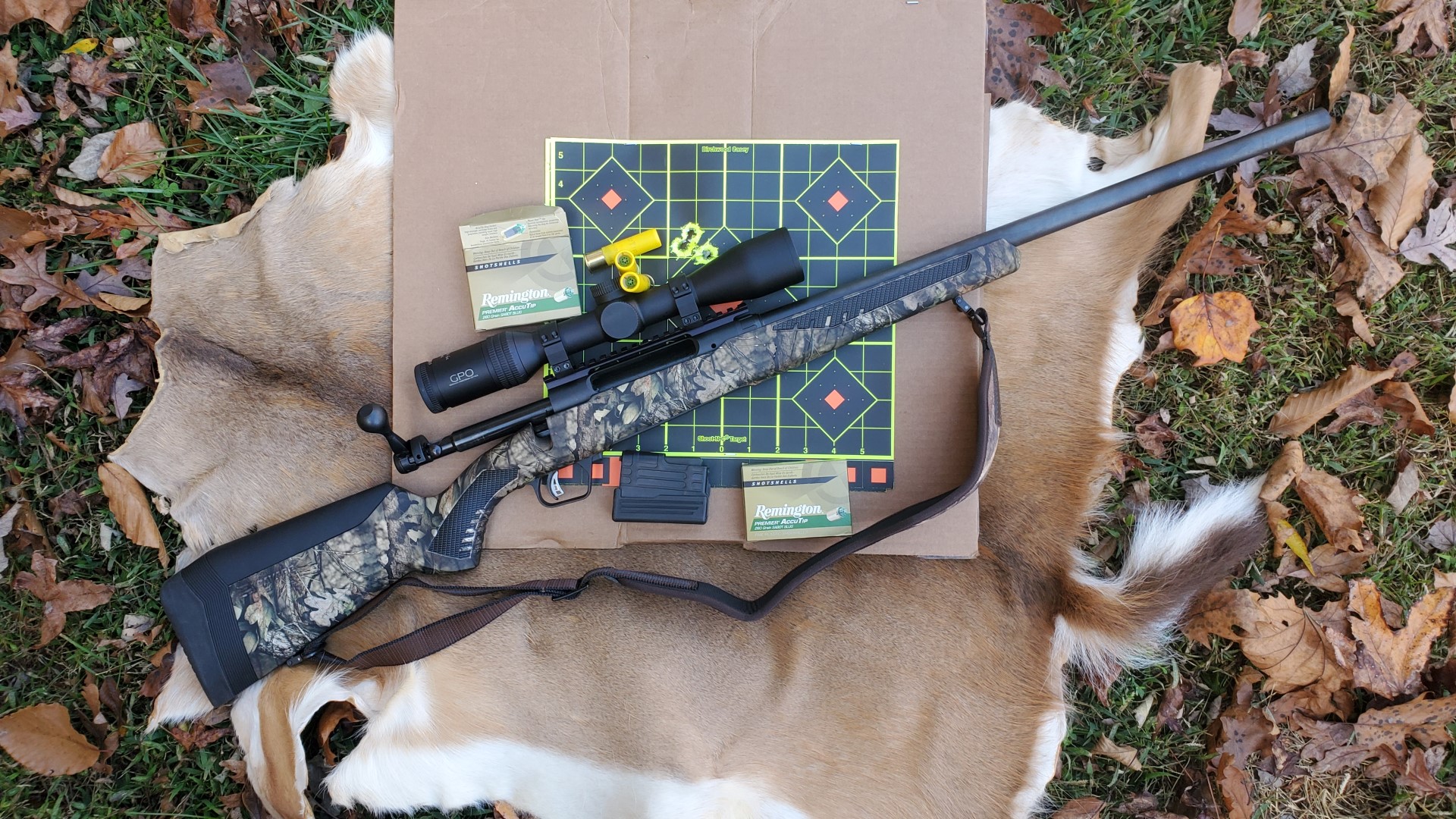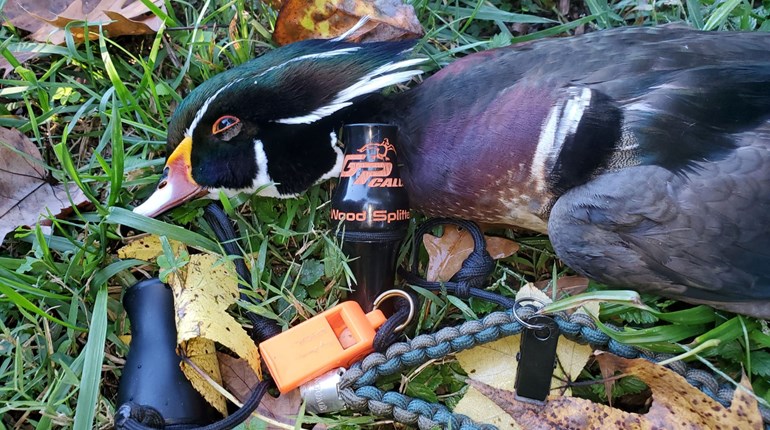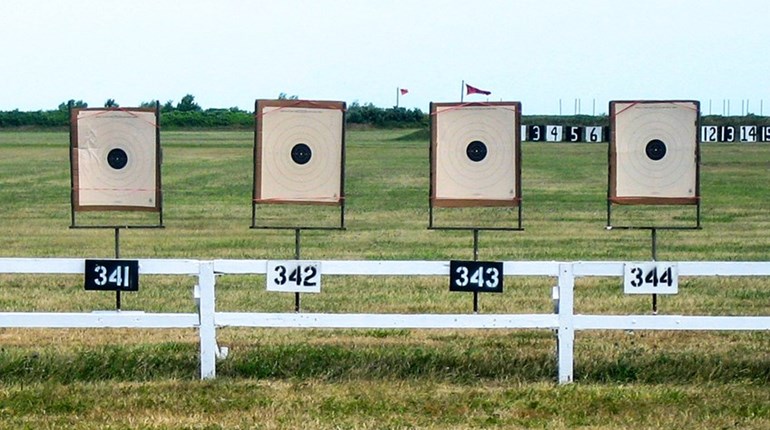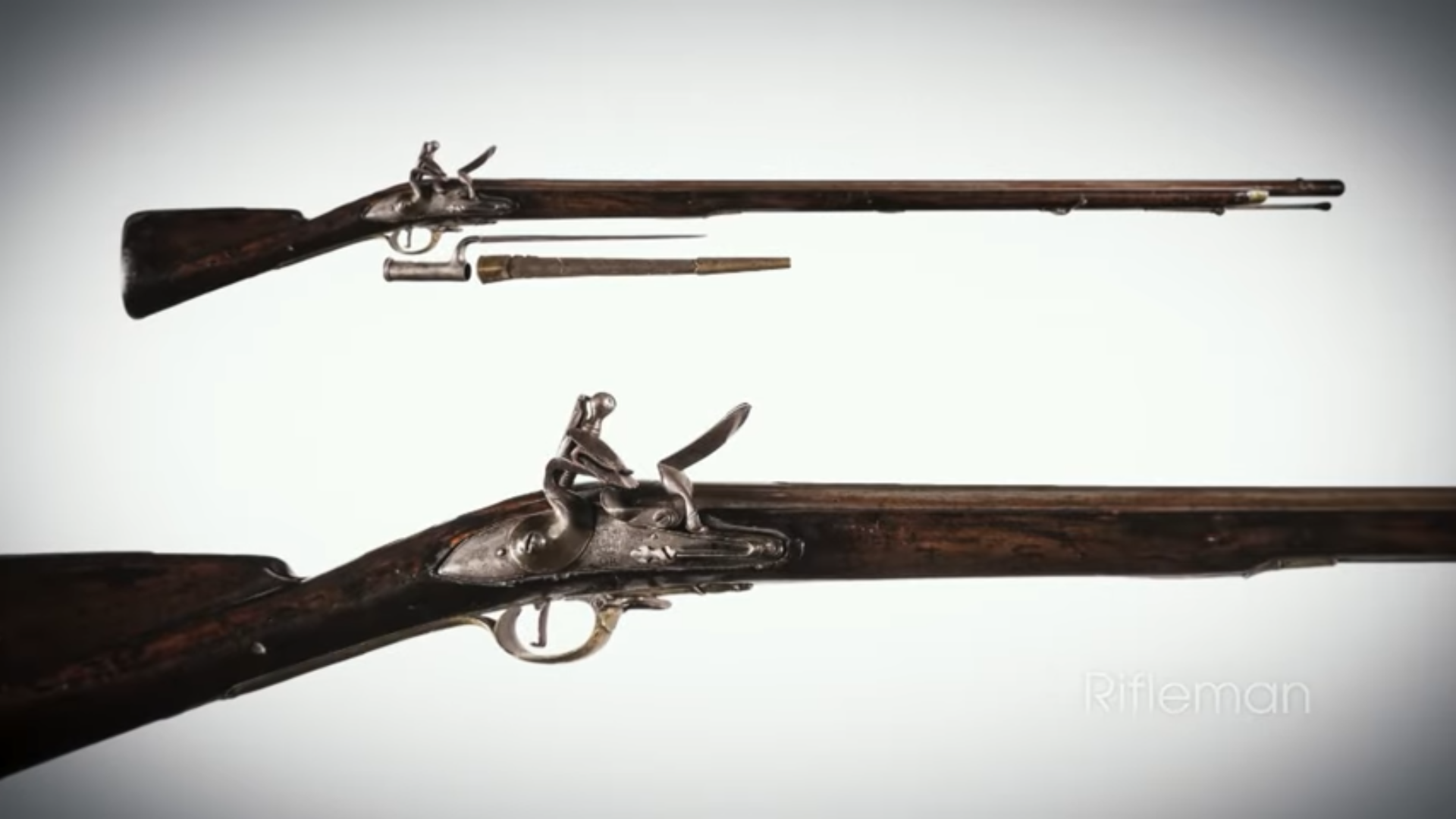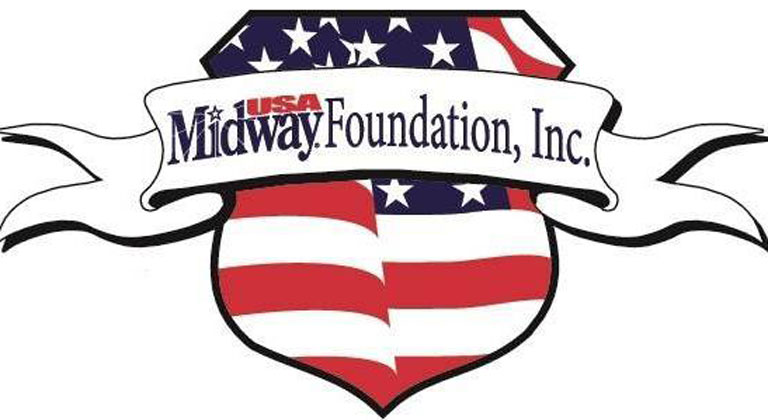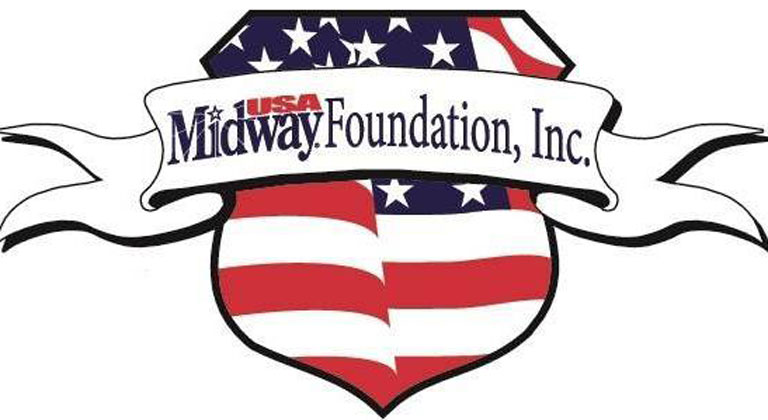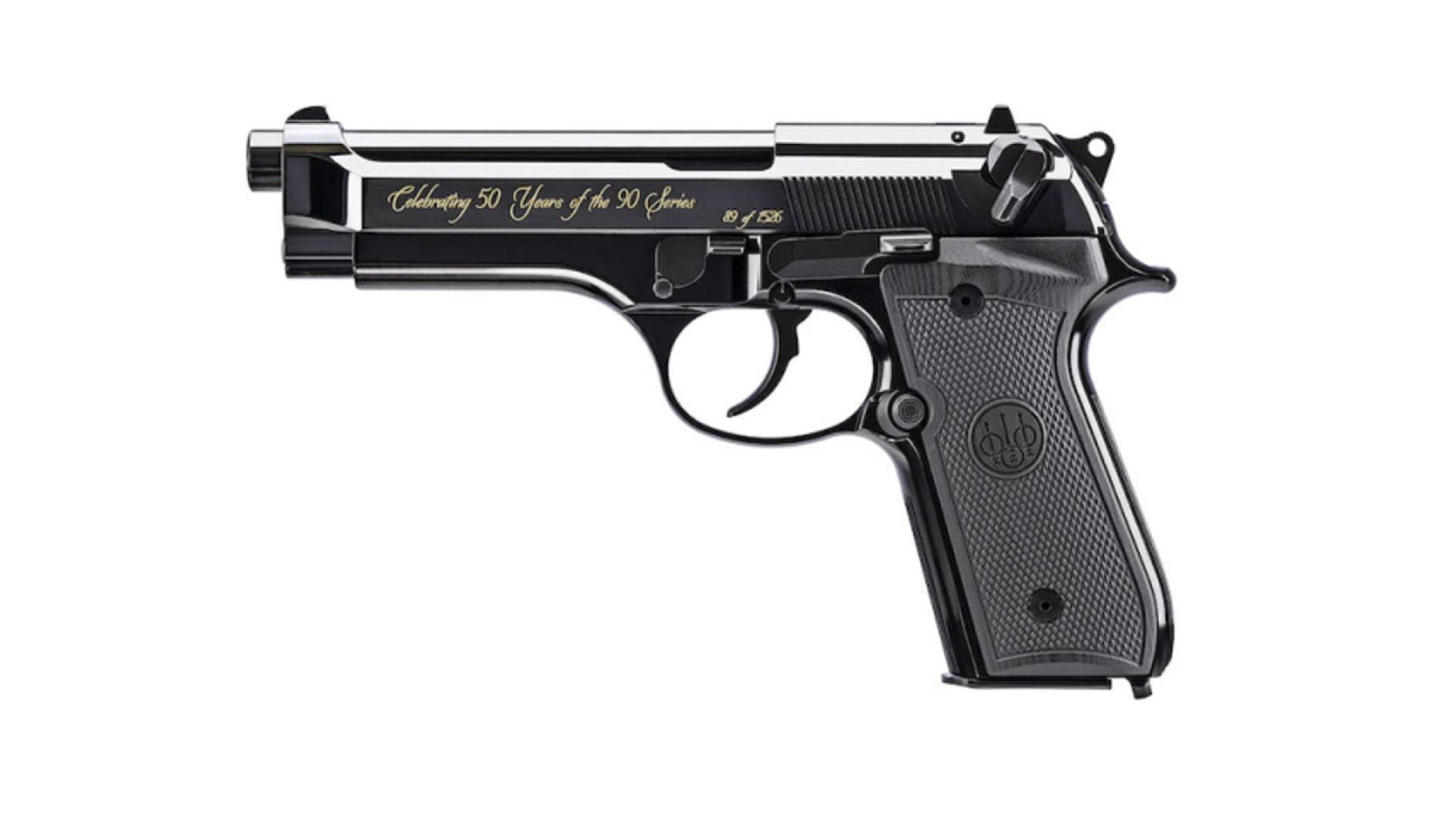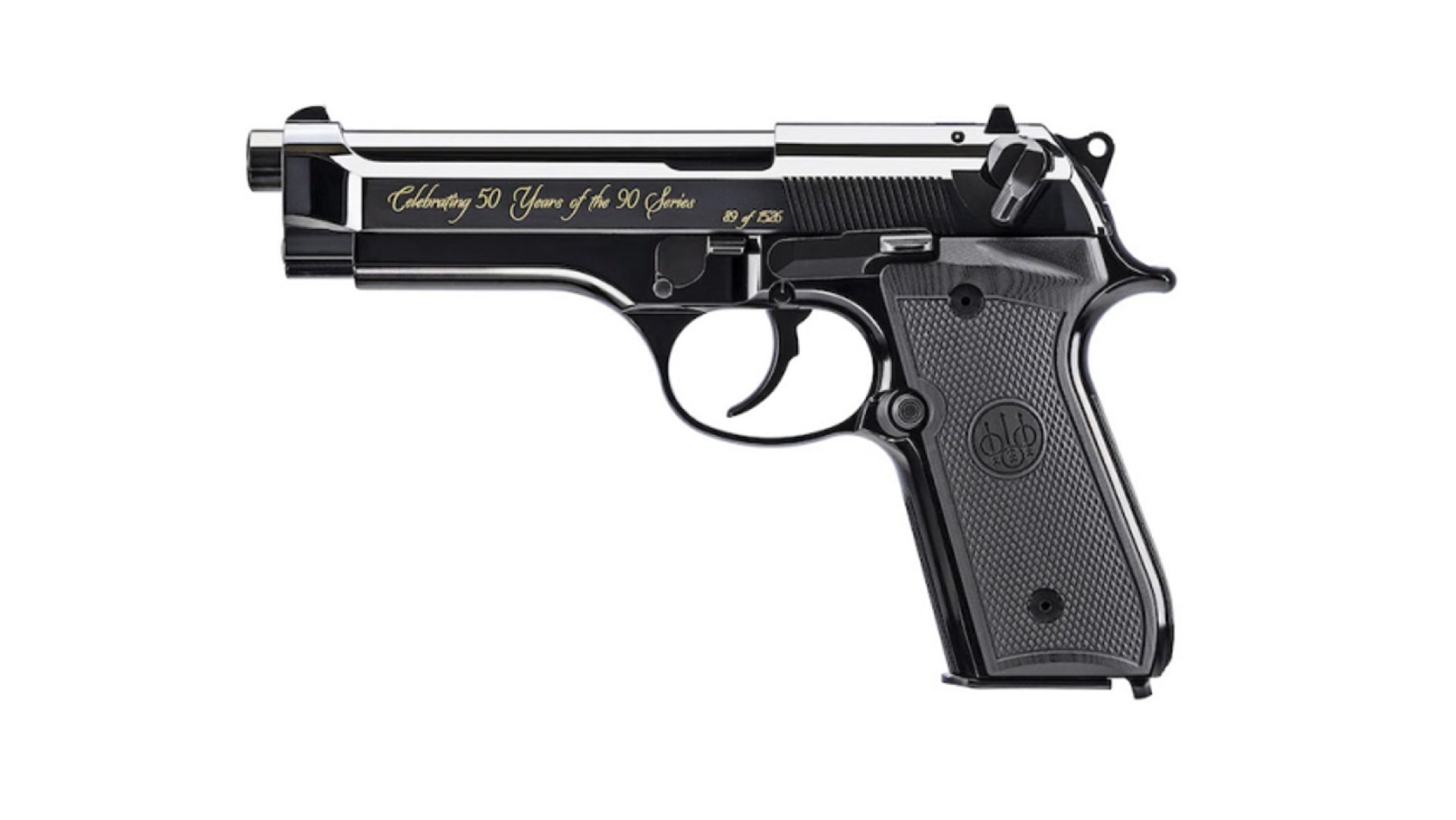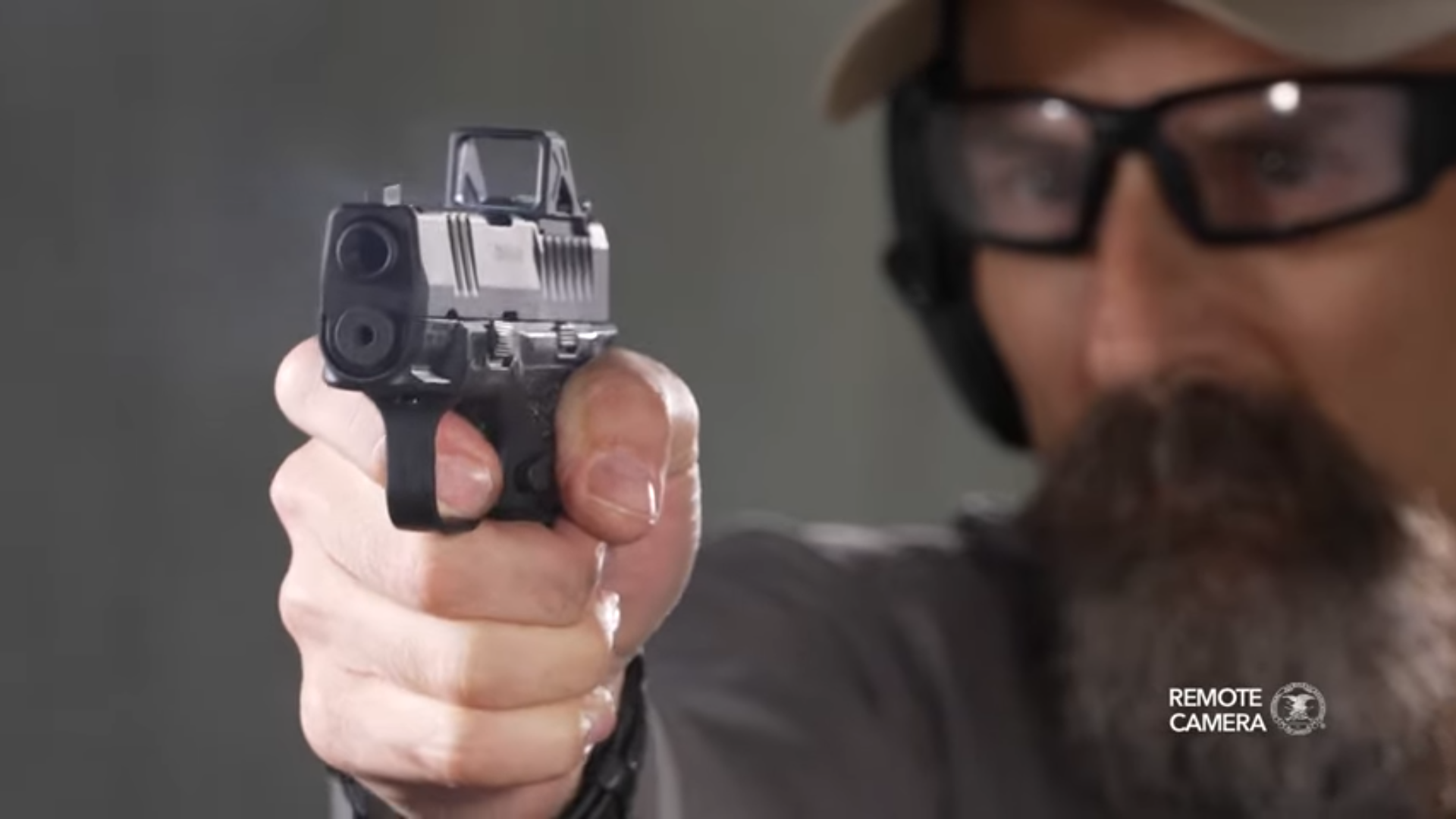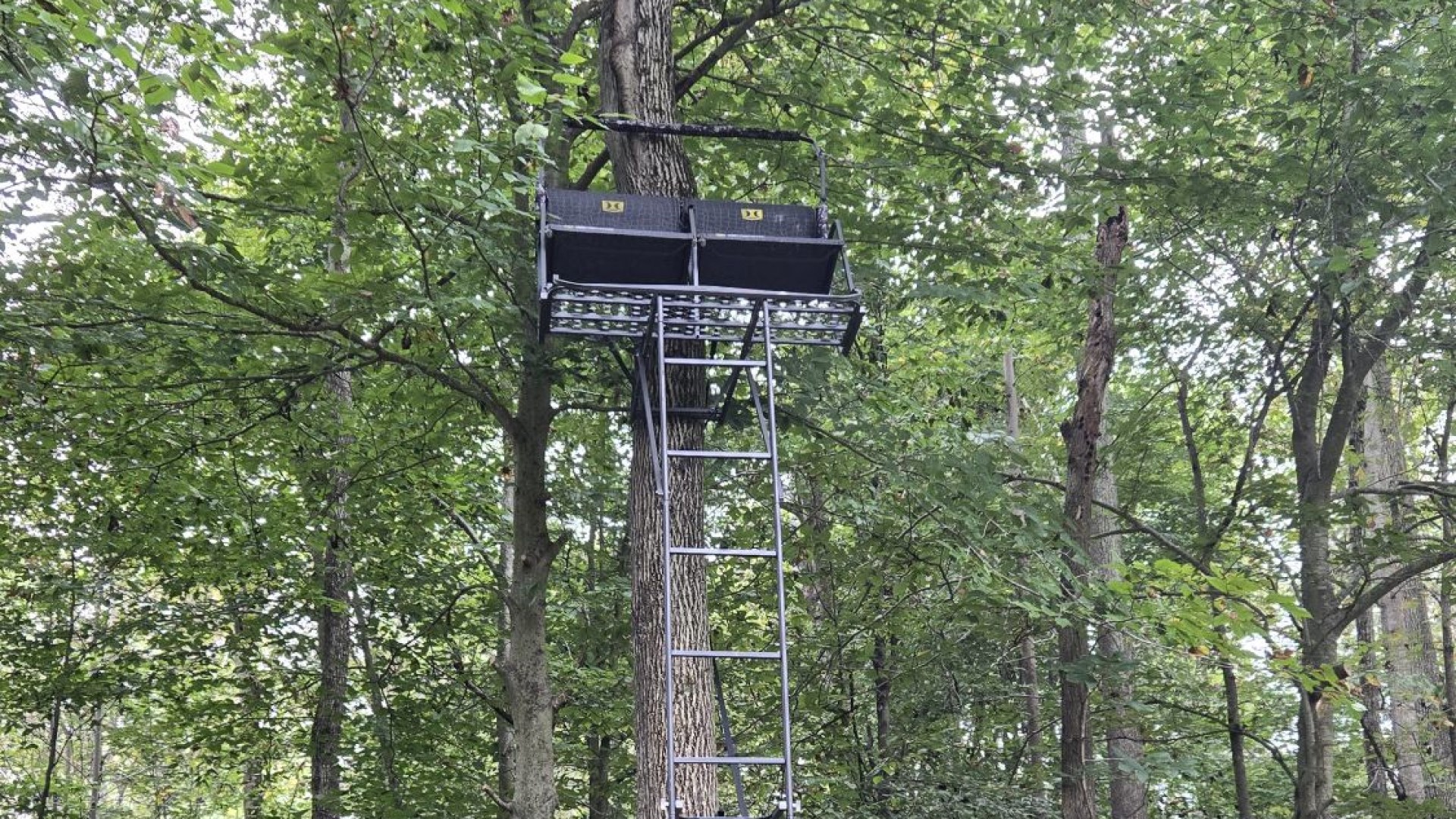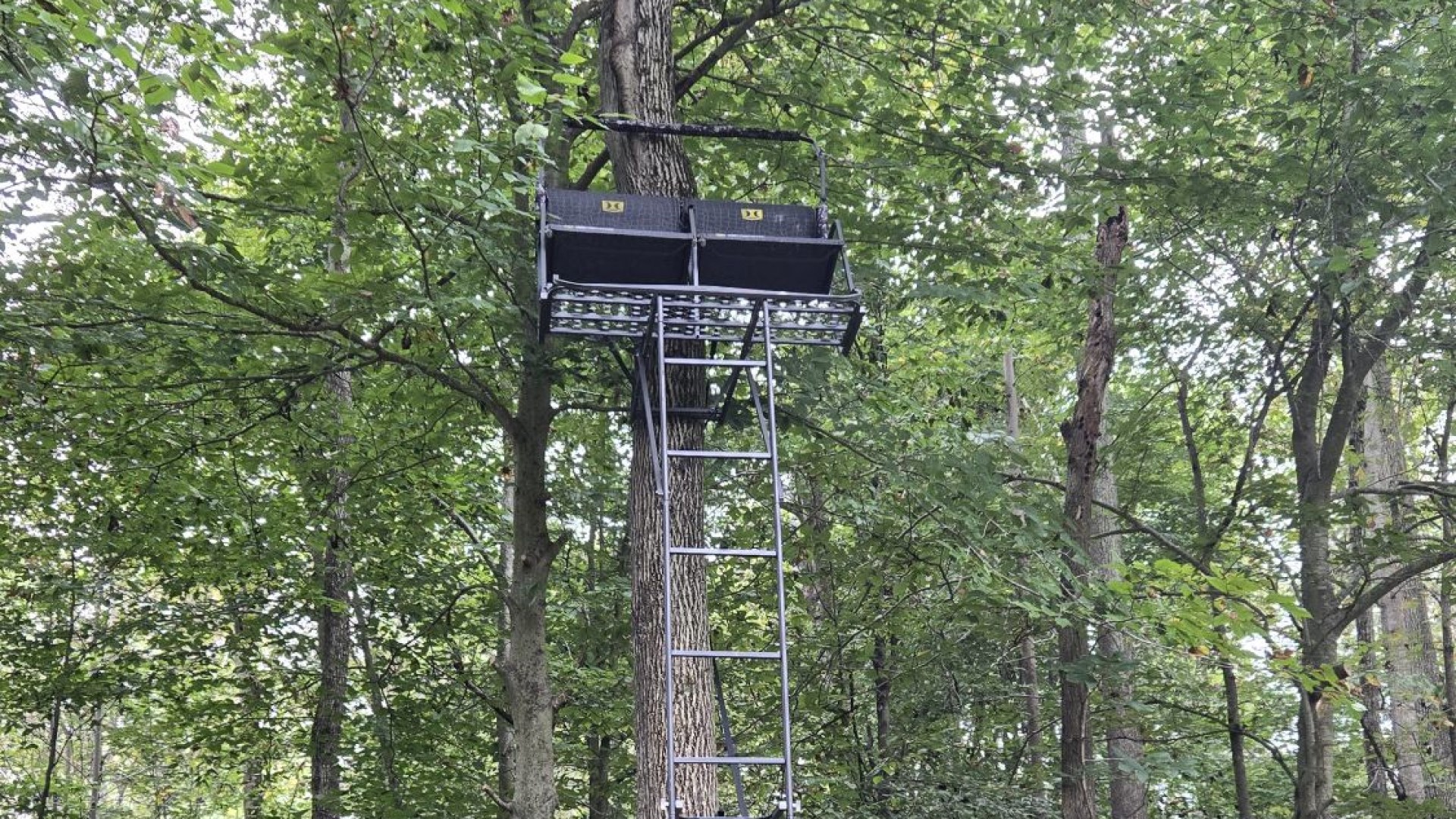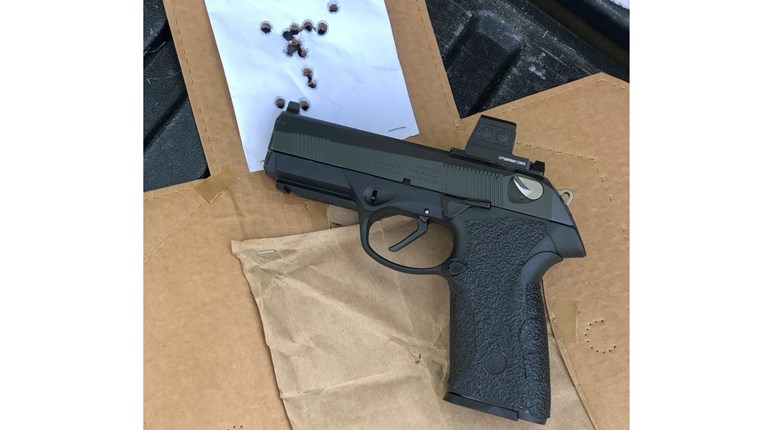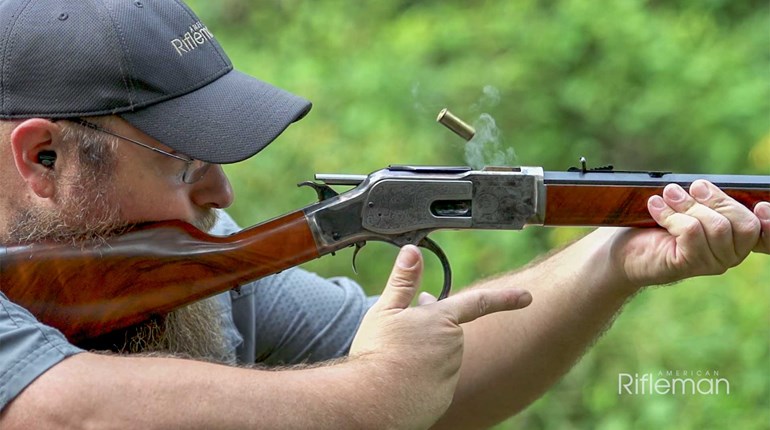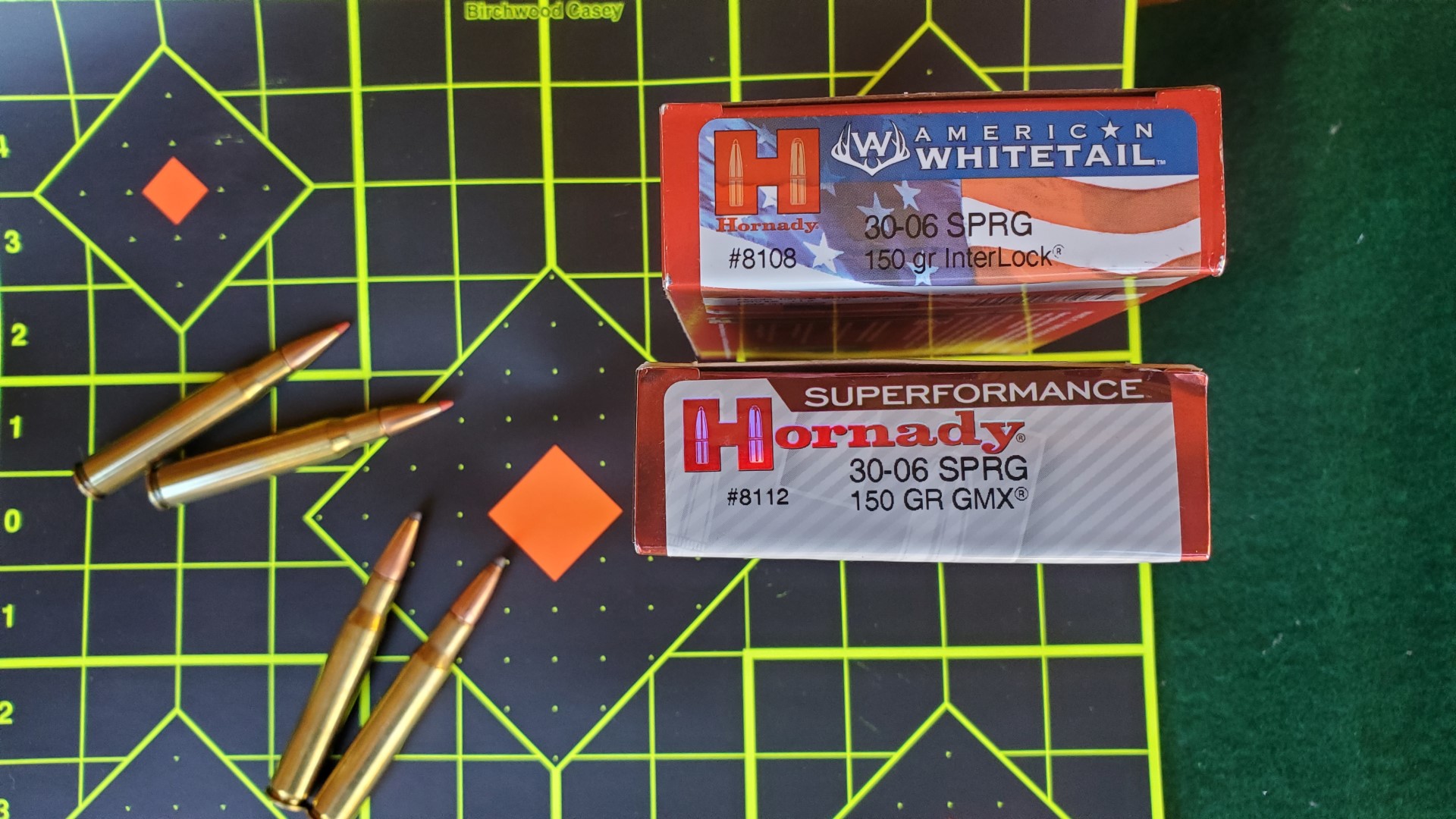
Whether you call it zeroing-in or sighting-in, it's critical to ensure that your optic is in tune with your firearm. It won't take long, nor will it be terribly expensive, but there are a few common errors that can make this task far more difficult than need be. Here are five things to not do when you're sighting-in.
1. Loose mounts, bases or stock screws
One of the most common reasons for widely scattered groups is also one of the easiest things to avoid when sighting-in a rifle or slug gun. When mounting a scope ensure that bases, rings and other mounting hardware is secure. Use removable thread locker on those screws to help prevent them from backing out from vibration, recoil or whatever else. This is a small step, but an extremely important one. Even a small amount of movement that may or may not be detectable to the shooter will cause rounds to wander the target!
Check to ensure that your stock is snug to the action. Use a properly sized screwdriver or hex to torque screws to the proper amount. Check these things before firing the first round but after you ensure the firearm is completely empty.
2. Inconsistent hold
Much like archery, shooting a firearm requires a consistent hold to get the most out of your rifle. Find a hold that secures the firearm to your shoulder and make sure your cheek is down on the stock firmly, but do not put the firearm in a death grip. Be sure to hold the forearm down. Do not let it jump off the rest or bench. This can cause inaccuracy!
I once watched someone change their grip and hold on every other shot and sometimes every shot. Their impacts were all over the place. I learned a lot watching them shoot and have since found what is good for me with each firearm I am shooting and I stick with it.
3. Flinching or anticipating the shot
This is a common problem that sometimes I even have address with myself depending on how much shooting I am doing with large calibers. Flinching is obviously not going to result in good groups. Use good shooting form, take in a breath, let part of it out, slowly press the trigger and let it snap only when the crosshairs are on target. Dry-fire practice is a good way to assist in overcoming flinching.
The bottom line is that you have to address the flinching before you shoot and waste ammunition. Some ammunition is very expensive and some is very tough to find these days. Make the most of your ammunition. If you are flinching or anticipating the shot, stop shooting until you get that under control!
4. Different ammunition
Most shooters should know that different brands of ammunition, different loads, different powder charges and different grain weight bullets or slugs are almost always going to impact differently. In other words, don’t just get three different brand boxes of 6.5 rifle ammunition and expect them all to hit the bull in the same spot. You have almost as good a chance to win the lottery from my experience. Some loads may hit in the general vicinity, but often they will be inches different at 100 yards.
Serious shooters and hunters will take the opportunity, once they have found a round that is well liked by their firearm, to stock up on a batch of that very ammunition ... even trying to get it all from the same production lot. In other words, sometimes production lots can cause variances in impacts. Most of the time this is not the case, or least not enough for standard hunting situations. The point is, use the same exact ammunition if you expect consistent impacts and groups. The more consistent you are with your loads, the better the results.
5. Dirty firearm
Another no-brainer is to start with a clean firearm. Dirty firearms are not reliable and accuracy suffers as a result as well. Give the firearm a good cleaning prior to the range and, if you are doing a lot of shooting with it, stop and clean it mid-session once you've firmly established that the firearm is unloaded and its chamber empty.
Some ammunition is very dirty and quickly fouls bores. If you are using blackpowder firearms this is very true. Saboted slugs can leave plastic in the rifling. Use a good cleaner and a bore brush to get the rifling clean in all firearms to get the best accuracy.
Next time you head to the range, start with a clean firearm, the same ammunition, a consistent hold, snug mounts and stock and don’t anticipate the shot. Focus on the tiniest part of the target and remember that you next hunt depends on you being able to consistently send that copper or lead projectile exactly where you are aiming!








